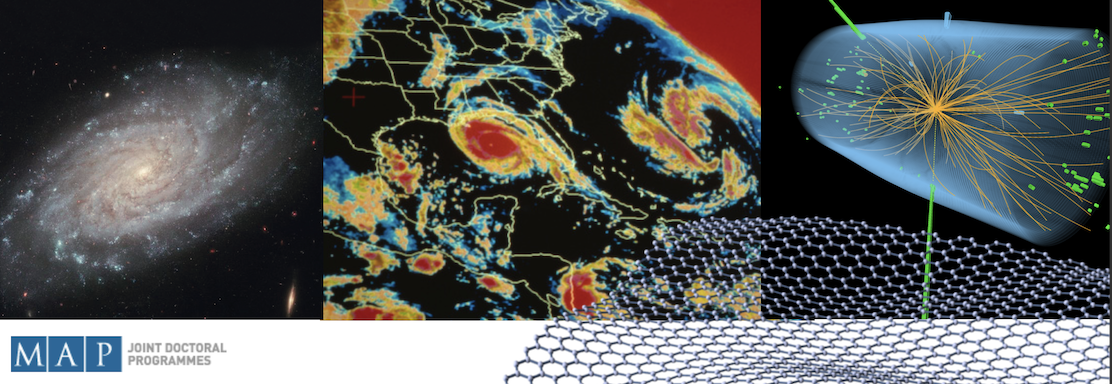Speaker
Description
Zhu et al. [1] report that the CsNdNb₂O₇ system undergoes two phase transitions: a polar-to-antipolar structural change at 625 K followed by a transition to the aristotype at 800 K, resulting in three distinct phases— P21am (#26), C2/m (#12), and P4/mmm (#123). Their study attributes these transitions to rotations and tilts of NbO₆ octahedra, which not only stabilize the polar ferroelectric phase but also induce negative thermal expansion (NTE) in the c-axis lattice parameter during the 625 K transition.
Building on these findings, our work employs a multimodal strategy to systematically investigate the phase behavior and structural evolution of CsNdNb₂O₇. Synchrotron X-ray diffraction (SXRD) provides high-precision measurements of lattice parameters and confirms the occurrence of NTE [1]. However, due to SXRD’s limited sensitivity to light elements and subtle local distortions, we incorporate three complementary techniques:
- Perturbed Angular Correlation (PAC) Spectroscopy: A local probe is highly sensitive to atomic-scale dynamics, measuring the electric field gradient (EFG) at specific sites to capture information on local symmetry and NbO₆ rotational environments.
- Neutron Powder Diffraction (NPD): Leveraging the large neutron scattering cross-section of oxygen, NPD accurately determines oxygen positions, enabling detailed quantification of temperature-dependent distortions in both the perovskite and rock-salt layers, which are directly linked to the NTE mechanism.
- Density Functional Theory (DFT): Utilizing structural data from NPD, DFT calculations provide theoretical EFG values and offer an in-depth analysis of the electronic and structural intricacies underlying the phase transitions.
By integrating local (PAC), long-range and oxygen-sensitive (NPD), and theoretical (DFT) methodologies, our approach delivers critical new insights into the underlying mechanism of negative thermal expansion (NTE).
Our findings not only confirm the previously proposed structural evolution in CsNdNb₂O₇ but also underscore the importance of a multimodal characterization strategy in understanding phase transitions and thermal expansion anomalies in layered perovskites, particularly within the Dion-Jacobson family.
[1] Zhu T., et al., Chemistry of Materials 32, 10, 4340–4346 (2020).
| Which topic best fits your talk? | Condensed Matter Physics and Nanomaterials |
|---|

